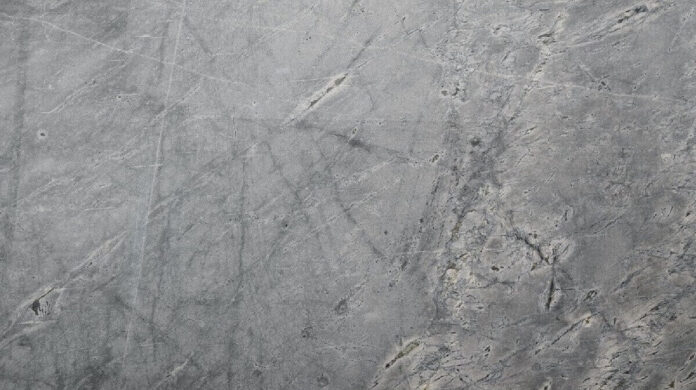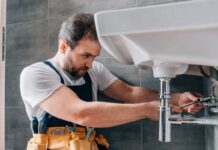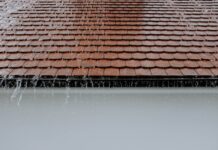Regarding concrete floor finishing, moisture can be a significant problem. Moisture can cause cracking, buckling, and other structural damage to your concrete floor. You can take a few simple steps to prevent moisture from seeping into your concrete floor and damaging the finish. This guide will explore five ways to control moisture in your concrete floor finishes.
1) Inspect the Slab for Cracks Before Starting the Project
When tackling a concrete floor finishing project, inspecting the slab for any cracks or other damage is crucial. Gaps can quickly be filled in before the flooring project begins and can save you from a lot of trouble and expense in the long run. You should look for any signs of unevenness or cracking in the slab and then use a concrete filler to fill in any gaps or cracks. This will help to prevent moisture from entering the slab and causing further damage. It will also ensure that the finished product looks great and will last for years.
2) Use a Vapor Barrier
When it comes to concrete floor finishing, using a vapor barrier is one of the most critical steps in preventing moisture buildup. This barrier is typically applied directly on the slab before other floor finishing materials are installed. A vapor barrier helps reduce the amount of moisture that can seep through the slab and reduce any condensation that may occur. It also helps to keep water away from any floor finishes you might be using, such as carpets, hardwood floors, or tiles. When installing a vapor barrier, ensure it is correctly sealed around all edges and penetrations, such as pipes and ductwork.
3) Install a Drainage System
When installing concrete floor finishes, it is essential to consider the potential for moisture in the space. One way to do this is to establish a drainage system. This system can help keep water away from the floor and prevent it from seeping into the finish. A drainage system should include proper sloping of the floor surface, waterproofing membranes, and a drain line that directs water away from the finished floor. It is also vital to ensure that joints are adequately sealed to prevent moisture from getting in.
4) Use a Dehumidifier
Maintaining moisture levels is essential to prevent damage when finishing concrete floors. One way to do this is by using a dehumidifier. A dehumidifier will help keep the air around the concrete floor dry and reduce any excess moisture that might otherwise be present. It also helps reduce the dust and dirt that can collect on the finished floor. You may consider running multiple dehumidifiers simultaneously if working in a humid area. With a proper dehumidification system, you can ensure that your concrete floor finishing project will turn out the best it possibly can.
5) Apply a Sealer
Applying a sealer is the final step in protecting your concrete floor finishing from moisture. A sealer will keep the concrete surface watertight and protect against staining and damage from weathering or environmental exposure. When selecting a sealer, choose one suitable for your type of concrete floor finish. If you are still deciding which sealer to purchase, it is best to consult a professional.
Read Also: What’s the Best Kind of Garage Flooring?
Take Precautions to Save Unnecessary Cost
These precautions will help save expenditure in fixing your concrete floor or remedial steps for water damage. In some cases, the damage must be done, and you will be left with a floor that could be in better condition. Following these simple steps will ensure there is no water seepage into your concrete floor and that, for years to come, you can rest assured that your flooring will not succumb to moisture and subsequent damage. Getting professional help will always pay you back in the long run and is something you should consider if you need help waterproofing your flooring.








































